Welcome to the Aluminium Design Manual, a comprehensive guide for engineers and architects. This manual provides essential insights into designing and constructing aluminum structures safely and efficiently.
It covers design principles, material properties, and practical applications, ensuring sustainable and durable aluminum solutions for various industries. A must-have resource for modern construction projects.
1.1 Importance of the Aluminium Design Manual
The Aluminium Design Manual is a cornerstone for engineers, architects, and designers working with aluminum structures. It provides comprehensive guidance on designing and constructing with aluminum, ensuring safety, efficiency, and compliance with international standards. By detailing material properties, design principles, and practical applications, the manual empowers professionals to harness aluminum’s unique benefits, such as its strength-to-weight ratio and corrosion resistance. It serves as an essential resource for creating sustainable, durable, and innovative structures across various industries, making it indispensable for modern construction and design challenges.
Its importance lies in its ability to simplify complex design processes while promoting best practices for aluminum use.
1.2 Overview of Aluminium in Structural Design
Aluminium is a versatile and widely used material in structural design due to its unique combination of properties. It offers high strength, low weight, and excellent corrosion resistance, making it ideal for applications where durability and efficiency are critical. Aluminium structures are commonly found in transportation, architecture, and industrial settings, where its lightweight yet robust nature provides significant advantages. The Aluminium Design Manual outlines the fundamental principles and practices for effectively utilizing aluminium in structural design, ensuring that engineers and architects can leverage its benefits while adhering to safety and performance standards.
Its adaptability and sustainability further enhance its appeal in modern construction projects.

Materials and Properties
Aluminium is a versatile material known for its lightweight, corrosion resistance, and high strength-to-weight ratio. Its properties make it ideal for structural and engineering applications.
2.1 Types of Aluminium Alloys
Aluminium alloys are categorized into series based on their primary alloying elements. The 1000 series is pure aluminium, offering high corrosion resistance. The 6000 series, alloyed with magnesium and silicon, is strong and weldable, ideal for structural applications. The 5000 series, containing magnesium, excels in marine environments due to its corrosion resistance. The 2000 series, alloyed with copper, is high-strength but less corrosion-resistant. Each series offers unique properties, making them suitable for specific industrial, architectural, or transportation uses, ensuring optimal performance in diverse engineering applications.
2.2 Mechanical Properties of Aluminium
Aluminium exhibits exceptional mechanical properties, including high strength-to-weight ratio, corrosion resistance, and durability. Its lightweight nature, combined with excellent thermal and electrical conductivity, makes it ideal for various structural applications. The material’s ductility allows for easy forming and fabrication. Aluminium alloys can be strengthened through processes like tempering, enhancing their yield strength and fatigue resistance. These properties are critical in designing load-bearing structures, ensuring safety and longevity. Understanding these mechanical characteristics is essential for engineers to optimize aluminium use in construction, transportation, and aerospace industries, where performance and reliability are paramount. This section details how these properties influence design decisions.
2.3 Environmental Benefits of Aluminium
Aluminium is highly recyclable, with a recycling process that consumes only 5% of the energy required for primary production. This makes it a sustainable choice, reducing environmental impact. Its lightweight properties improve fuel efficiency in transportation, lowering greenhouse gas emissions. Aluminium’s durability extends product lifespans, reducing waste and the need for frequent replacements. Additionally, its corrosion resistance eliminates the need for harmful coatings. These attributes make aluminium a key material in sustainable design, supporting eco-friendly practices across industries. Its environmental benefits align with global efforts to reduce carbon footprints and promote circular economy principles.

Design Principles
Aluminium design involves optimizing strength, durability, and weight efficiency. Key principles include load calculations, stress analysis, and cross-sectional optimization to ensure structural integrity and safety.
Designers must consider material properties, environmental factors, and fabrication methods to achieve cost-effective and sustainable solutions. Adhering to these principles ensures reliable performance in various applications.
3.1 Structural Design Considerations
Structural design considerations for aluminium involve understanding its unique properties, such as high strength-to-weight ratio and corrosion resistance. Engineers must account for load calculations, stress analysis, and cross-sectional optimization to ensure stability and durability. Corrosion protection measures, like coatings or anodizing, are critical in harsh environments. Fabrication techniques, including welding and bolting, must align with design specifications. Deflection limits and buckling behavior under compressive loads are also key factors. Proper material selection and adherence to codes like Eurocode 9 ensure safe and efficient designs. These considerations enable aluminium structures to perform optimally across various applications, from architectural to industrial uses.
3.2 Load Calculations and Stress Analysis
Load calculations and stress analysis are critical in ensuring the structural integrity of aluminum designs. Engineers must accurately determine external forces, such as weight and environmental factors, and internal stresses caused by these loads. Using resources like the Aluminium Design Manual, designers can apply equations to calculate bending moments, torsion, and axial forces. Material properties, such as yield strength and modulus of elasticity, guide stress limits to prevent failure. Advanced tools like finite element analysis (FEA) provide detailed stress distributions, ensuring compliance with safety standards. Proper analysis ensures structures are both durable and lightweight, optimizing performance under various conditions.
3.3 Cross-Sectional Properties and Optimization
Cross-sectional properties are critical in aluminum design, influencing structural performance and material efficiency. Optimization involves selecting shapes and sizes that maximize strength-to-weight ratios while minimizing material usage. Engineers analyze section moduli, moment of inertia, and radius of gyration to ensure adequate stiffness and resistance to bending or torsion. Advanced techniques include tailoring cross-sections for specific loads and utilizing extruded profiles for enhanced efficiency. Optimization also considers fabrication costs and environmental impact, ensuring sustainable and cost-effective solutions. By refining cross-sectional designs, structures become lighter, stronger, and more durable, meeting modern engineering demands while reducing material waste and improving overall performance.
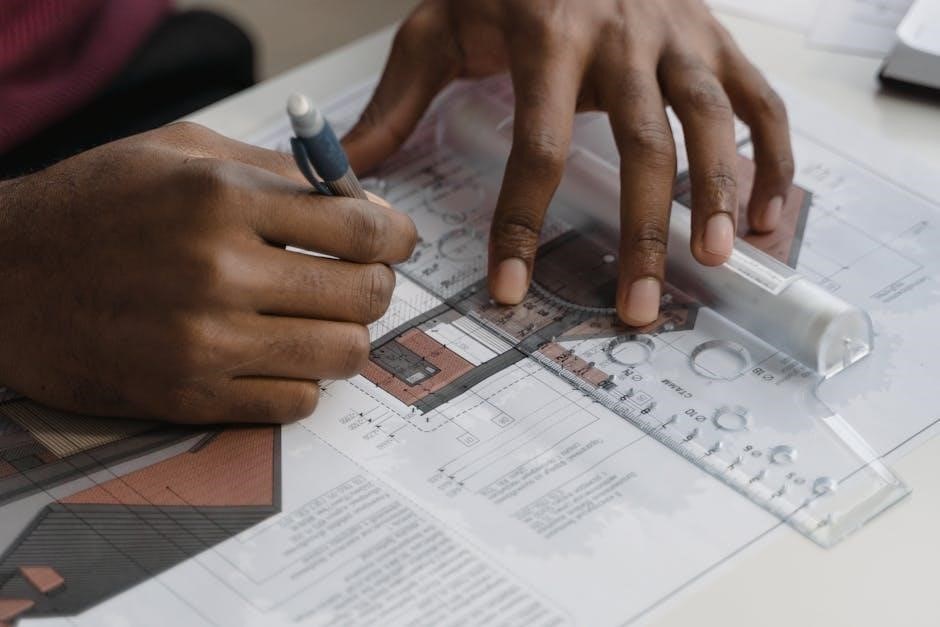
Connection Design
Connection design is crucial for ensuring structural integrity in aluminum constructions. It involves designing secure and durable joints using bolts, welds, or other methods to optimize strength and stability.
4.1 Bolted Connections in Aluminium Structures
Bolted connections are critical in aluminium structures, offering high strength and durability. Proper design ensures joint tightness and preload to prevent loosening. Clamp lengths and bolt torques must be carefully calculated. Aluminium’s corrosion resistance enhances reliability, especially in marine environments. Always use compatible materials to avoid galvanic corrosion. Surface coatings like anodizing or paint further protect bolted joints. Regular inspections are essential for long-term integrity. Consult the Aluminium Design Manual for detailed guidelines on bolt selection, tightening sequences, and safety factors to ensure optimal performance and compliance with industry standards. This ensures safe and reliable connections in all applications. Always follow manual specifications for best results.
4.2 Welded Connections and Their Integrity
Welded connections in aluminium structures require precise techniques to maintain strength and durability. Aluminium’s high thermal conductivity demands careful heat control to prevent distortion. MIG and TIG welding are preferred for their precision and cleanliness. Post-weld heat treatment may be needed to restore mechanical properties, especially in high-strength alloys. The Aluminium Design Manual provides detailed guidelines for joint design, weld quality, and inspection. Non-destructive testing methods, such as radiography or ultrasonic testing, ensure weld integrity. Proper surface preparation and shielding gases are critical to avoid porosity and ensure fusion. Adhering to these practices guarantees reliable and long-lasting welded connections in aluminium structures.
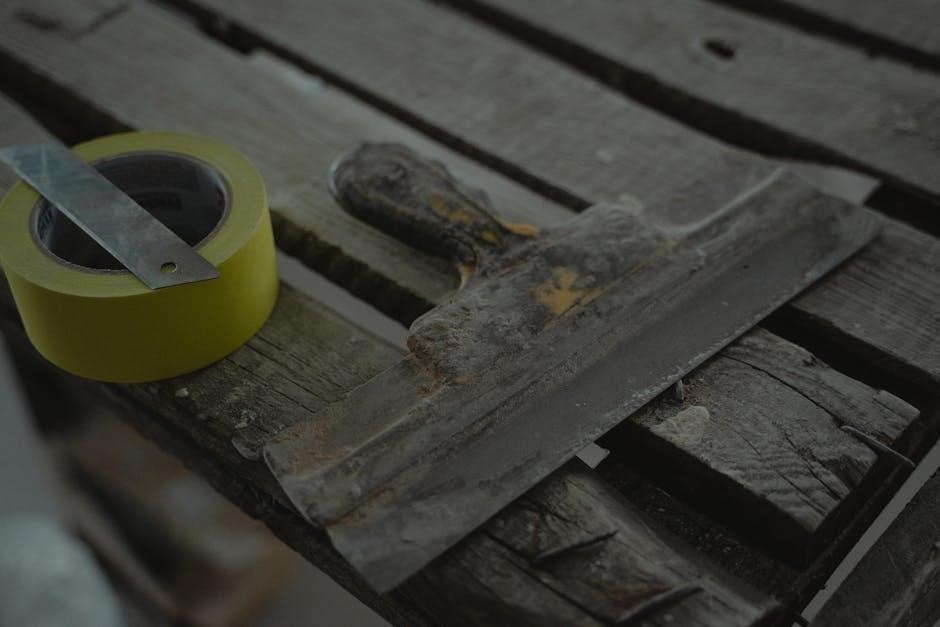
Fabrication and Manufacturing
Fabrication and manufacturing of aluminium involve processes like extrusion, casting, and machining. These techniques ensure precise and durable components, tailored for structural and industrial applications.
5.1 Extrusion Process for Aluminium Profiles
The extrusion process for aluminum profiles involves shaping aluminum alloys by forcing them through a die to create specific cross-sectional shapes. This method is widely used due to its versatility and ability to produce complex profiles with high precision. The process begins with heating the aluminum billets to a high temperature, making them soft and pliable. The softened material is then pushed through a die, which imparts the desired shape. Extrusion offers excellent dimensional accuracy and surface finish, making it ideal for architectural, transportation, and industrial applications. It is a key manufacturing technique in modern aluminum construction.
5.2 Casting Techniques for Aluminium Components
Aluminium casting techniques are essential for producing complex-shaped components with high precision. Common methods include sand casting, die casting, and investment casting. Sand casting is cost-effective for large parts, while die casting offers high accuracy and speed for mass production. Investment casting is ideal for intricate geometries and thin walls. Each technique involves melting aluminium alloys and pouring them into molds. Proper mold design, temperature control, and post-casting treatments ensure superior surface finish and mechanical properties. These methods are widely used in automotive, aerospace, and industrial applications, making them a cornerstone of aluminium manufacturing processes.
5.3 Machining and Surface Finishing
Machining aluminum involves cutting, drilling, and grinding to achieve precise shapes. Techniques like milling and turning are common, utilizing tools such as carbide for durability. Surface finishing enhances durability and aesthetics through processes like anodizing, which forms a protective oxide layer, ideal for corrosion resistance and color retention in architectural applications. Additional methods include powder coating for vibrant finishes and polishing for high-luster surfaces. Each process ensures aluminum components meet functional and visual requirements, catering to various industrial needs while maintaining material integrity and longevity.
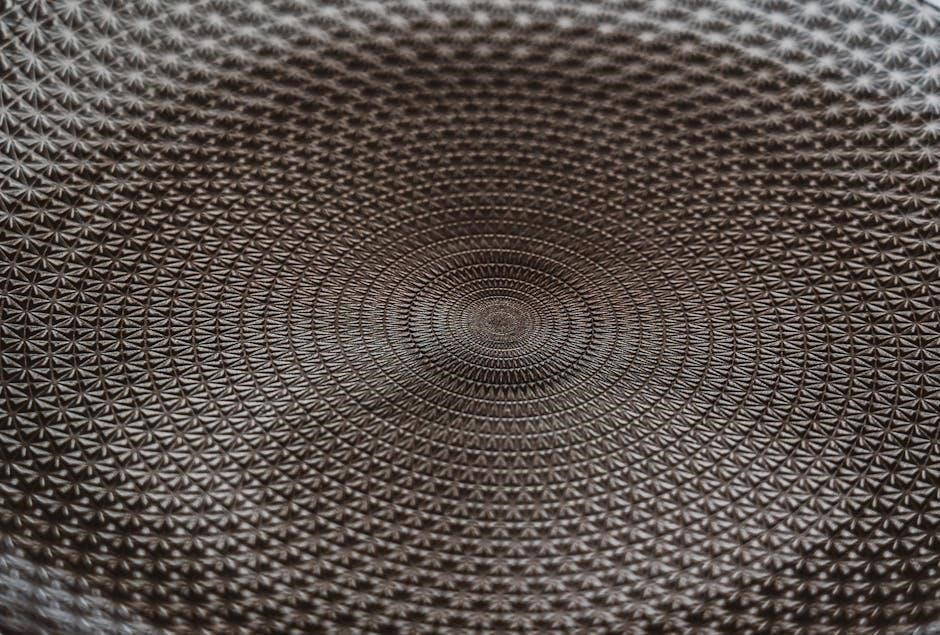
Applications of Aluminium
Aluminium’s versatility shines across industries, from architectural facades to aerospace. Its lightweight, durability, and corrosion resistance make it ideal for transportation, construction, and marine applications, enhancing performance and sustainability.
6.1 Architectural Applications
Aluminium is widely used in architectural designs due to its lightweight, corrosion resistance, and aesthetic appeal. Common applications include building facades, windows, doors, and roofing. Its high strength-to-weight ratio makes it ideal for large-span structures like stadiums and airports. Architects leverage aluminium for modern, sleek designs, while its recyclability supports sustainable building practices. Additionally, aluminium profiles can be easily customized for intricate architectural details, offering both functional and decorative solutions. Its durability in harsh environments makes it a preferred choice for coastal and industrial buildings, ensuring long-lasting performance and minimal maintenance.
6.2 Transportation and Aerospace Uses
Aluminium is widely used in transportation and aerospace due to its high strength-to-weight ratio, corrosion resistance, and durability. In aerospace, it is a critical material for aircraft structures, reducing weight while maintaining performance. In transportation, aluminium is used in vehicle bodies, reducing fuel consumption and emissions. Its corrosion resistance makes it ideal for marine applications. Modern advancements in aluminium alloys have further enhanced its suitability for demanding environments. The Aluminium Design Manual 2020 provides detailed guidance on designing lightweight, efficient, and safe structures for these industries, ensuring optimal performance and sustainability in transportation and aerospace applications.
6.3 Industrial and Marine Applications
Aluminium’s versatility shines in industrial and marine applications, where its corrosion resistance and durability are paramount. In marine environments, aluminium is used for shipbuilding, offshore platforms, and boat components due to its resistance to seawater corrosion. Industries leverage its high strength-to-weight ratio for machinery, frameworks, and storage solutions. The material’s adaptability also extends to transportation and marine hardware, ensuring reliability and longevity. Environmental benefits, such as recyclability, further enhance its appeal for sustainable projects. The Aluminium Design Manual provides critical design guidelines for these applications, ensuring optimal performance and safety in demanding conditions. Its lightweight and corrosion-resistant properties make it ideal for both land and sea use.

Structural Analysis
Structural analysis is crucial for ensuring the integrity and performance of aluminium structures. This section explores methods to evaluate and predict their behavior under various loads.
7.1 Finite Element Analysis (FEA) for Aluminium Structures
Finite Element Analysis (FEA) is a powerful tool for simulating the behavior of aluminum structures under various loads. It enables engineers to analyze stress distribution, deformation, and modal characteristics accurately. By discretizing structures into finite elements, FEA provides detailed insights into complex geometries and material properties. This method is particularly useful for optimizing aluminum designs, ensuring compliance with safety standards, and minimizing material waste. FEA also aids in predicting potential failure modes and improving structural integrity. Its application is essential for modern aluminum constructions, offering a cost-effective and efficient way to validate designs before fabrication.
7.2 Dynamic Analysis and Vibration Control
Dynamic analysis is crucial for assessing how aluminum structures respond to time-dependent loads, such as wind or seismic activity. Vibration control ensures structural stability and occupant comfort. Aluminum’s lightweight nature makes it prone to vibrations, necessitating advanced damping systems. Techniques like tuned mass dampers or viscoelastic materials are often employed. Engineers use modal analysis to identify natural frequencies and mode shapes, ensuring designs avoid resonance. Proper vibration control enhances safety, reduces fatigue, and extends the lifespan of aluminum structures. Detailed in the Aluminum Design Manual, these methods are vital for modern, high-performance aluminum constructions.
Codes and Standards
Adhering to Eurocode 9 and ASTM standards ensures safe and efficient aluminium design. These codes provide guidelines for material properties, design limits, and construction practices to meet regulatory requirements and achieve high-quality outcomes.
8.1 Overview of Eurocode 9 for Aluminium Structures
Eurocode 9 provides harmonized design rules for aluminium structures across Europe. It ensures safety, durability, and economic design by addressing material properties, load calculations, and structural behavior under various conditions;
The code covers member design, connections, and fire resistance, offering guidance on alloy selection, cross-sectional verification, and fabrication. By adhering to Eurocode 9, engineers can create lightweight, corrosion-resistant, and durable aluminium structures, meeting modern construction demands effectively.
8.2 ASTM Standards for Aluminium Design
ASTM standards provide critical guidelines for the design and use of aluminum in structural applications. These standards ensure materials meet specific requirements for strength, durability, and corrosion resistance. Key standards like ASTM B209 (sheet and plate) and ASTM B221 (extruded bars) define mechanical properties and tolerances. ASTM E84 evaluates fire resistance, while ASTM G34 addresses stress-corrosion cracking. Adhering to these standards ensures compliance and reliability, helping designers achieve safe and efficient aluminum structures. They are indispensable for engineers working on architectural, transportation, and industrial projects, guaranteeing materials perform as expected in diverse environments and applications.
8.3 Compliance and Certification Processes
Compliance and certification are critical in ensuring aluminum structures meet safety and quality standards. The process involves adhering to regulations like ASTM standards and Eurocode 9, which outline design and testing requirements. Certification bodies verify that materials and constructions comply with these standards, providing assurance to stakeholders. Proper documentation, including test reports and material certificates, is essential for traceability. Regular inspections and audits ensure ongoing compliance. Certification not only validates the structural integrity of aluminum designs but also enhances their market acceptance and environmental credibility, supporting sustainable and reliable construction practices globally.

Fire Resistance and Safety
Aluminium structures require careful consideration of fire resistance to ensure safety. Fire-resistant coatings and treatments enhance performance under extreme conditions, balancing durability with design efficiency.
9.1 Fire Performance of Aluminium Structures
Aluminium structures exhibit unique behavior under fire conditions due to their high thermal conductivity and melting point of approximately 660°C. While aluminium retains strength at elevated temperatures, prolonged exposure can lead to structural integrity loss. Oxidation accelerates at high temperatures, forming a protective oxide layer but reducing cross-sectional area. Smoke toxicity and molten droplet formation are critical safety concerns. Fire-resistant coatings and passive fire protection systems are essential to enhance performance. Testing standards ensure materials meet fire safety requirements, balancing durability and risk mitigation in high-risk environments. Proper design and material selection are vital for maintaining structural reliability during fires. Always follow local building codes.
9.2 Fire-Resistant Coatings and Treatments
Fire-resistant coatings and treatments are crucial for enhancing the fire performance of aluminium structures. These coatings create a protective barrier, delaying heat transfer and preventing metal degradation. Common treatments include intumescent paints, which expand when exposed to heat, forming an insulating layer. Ceramic-based coatings offer durability and high-temperature resistance. Additionally, surface treatments like anodizing or powder coating can improve fire retardancy by creating a stable oxide layer. Regular maintenance ensures coating integrity, while testing under ASTM and Eurocode standards guarantees compliance. Properly applied coatings significantly extend the fire resistance of aluminium, ensuring safety and structural integrity in critical scenarios. Always consult manufacturers for specific application guidelines.
Sustainability and Recycling
Sustainability and recycling are key in aluminium design, offering high recyclability and energy efficiency. Aluminium’s lightweight properties reduce material usage, enhancing environmental benefits and promoting eco-friendly construction practices.
10.1 Recycling Processes for Aluminium
Aluminium recycling involves melting scrap material to produce new products, significantly reducing energy consumption compared to primary production. The process begins with collecting and sorting scrap aluminium, followed by melting in furnaces. Purification ensures the metal meets quality standards for reuse. Recycling aluminium saves up to 95% of the energy needed to produce it from raw materials, making it one of the most sustainable metals. This process minimizes environmental impact and supports circular economy principles. Aluminium’s high recyclability makes it a key material for eco-friendly construction and manufacturing applications.
10.2 Life Cycle Assessment of Aluminium Structures
Life Cycle Assessment (LCA) evaluates the environmental impact of aluminium structures, from raw material extraction to end-of-life recycling. Aluminium’s high recyclability reduces energy consumption and greenhouse gas emissions significantly. LCA highlights the material’s lightweight properties, which enhance fuel efficiency in transportation and reduce energy use in buildings. By analyzing environmental impacts, LCA ensures sustainable design and construction practices. This assessment is crucial for meeting global sustainability goals and promoting eco-friendly aluminium applications across industries. It underscores the importance of recycling and responsible material management throughout the structure’s life cycle.

Case Studies and Examples
Explore real-world applications of aluminum design, featuring successful projects and lessons learned. Discover how the manual’s principles are applied in modern engineering challenges and innovations.
11.1 Real-World Applications of Aluminium Design
Aluminium design is widely applied across various industries, showcasing its versatility and durability. In architecture, aluminium is used for facades, windows, and structural frameworks due to its lightweight and corrosion-resistant properties. The transportation sector leverages aluminium in aircraft, vehicles, and marine vessels to reduce weight while maintaining strength. Aerospace applications benefit from aluminium’s high strength-to-weight ratio, enabling efficient aircraft and satellite components. Industrial settings utilize aluminium for machinery, pipelines, and storage solutions. These real-world applications highlight aluminium’s adaptability, sustainability, and cost-effectiveness, making it a preferred material for modern engineering and construction projects.
- Architectural structures
- Transportation vehicles
- Aerospace components
- Industrial machinery
11.2 Lessons Learned from Aluminium Construction Projects
Aluminium construction projects reveal valuable lessons for improving design and execution. Proper material selection and precise fabrication are critical to ensure durability and structural integrity. Early adoption of advanced manufacturing techniques, such as extrusion and casting, enhances project efficiency. Collaboration between designers and fabricators is essential to address challenges in real-time. Additionally, thorough testing and quality control measures are vital to meet safety standards. These insights highlight the importance of meticulous planning and execution in aluminium construction, leading to successful, long-lasting structures. By learning from past projects, future developments can optimize resources and minimize risks effectively.
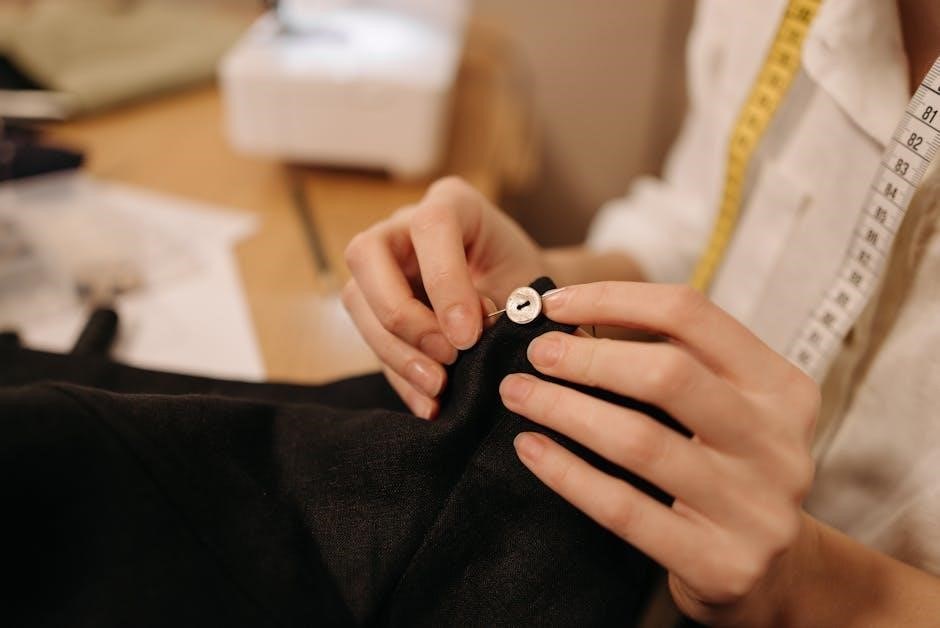
Future Trends in Aluminium Design
Emerging technologies and sustainable practices are reshaping aluminum design. Advances in recycling, 3D printing, and lightweight alloys promise innovative solutions for future construction and transportation needs.
Focus on eco-friendly manufacturing and energy-efficient processes will drive the industry forward, ensuring aluminum remains a key material in modern engineering and architecture.
12.1 Emerging Technologies in Aluminium Manufacturing
Emerging technologies are revolutionizing aluminium manufacturing, enhancing efficiency and sustainability. Additive manufacturing, such as 3D printing, enables complex geometries and reduced material waste. Advanced extrusion techniques improve profile accuracy and production speed. Automation and robotics optimize process control, ensuring precision and consistency. Innovations in surface treatments, like nano-ceramic coatings, enhance corrosion resistance and durability. These technologies not only meet modern design demands but also align with global sustainability goals, making aluminium a key material for future industries.
- Additive manufacturing for intricate designs.
- Advanced extrusion for precision profiles.
- Automation for efficient production.
- Innovative coatings for durability.
12.2 Innovations in Aluminium Structural Design
Recent innovations in aluminium structural design focus on enhancing strength, sustainability, and adaptability. Modular construction techniques enable faster assembly and disassembly, reducing waste. High-strength, lightweight alloys are being developed for improved load-bearing capacity. Advances in extruded profiles allow for complex geometries, optimizing structural performance. Building Information Modelling (BIM) integrates seamlessly with aluminium designs, streamlining collaboration. Energy-efficient designs minimize environmental impact while maintaining durability. These innovations are driving aluminium’s role in modern architecture, from sleek facades to high-performance frameworks, ensuring it remains a versatile and sustainable choice for future constructions.
- Modular systems for efficient construction.
- High-strength alloys for enhanced durability.
- Complex extruded profiles for optimal design.
- BIM integration for precise planning.
- Energy-efficient and sustainable solutions.
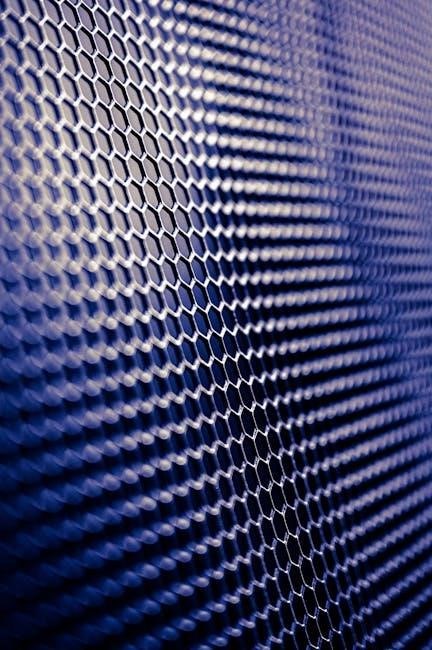


About the author